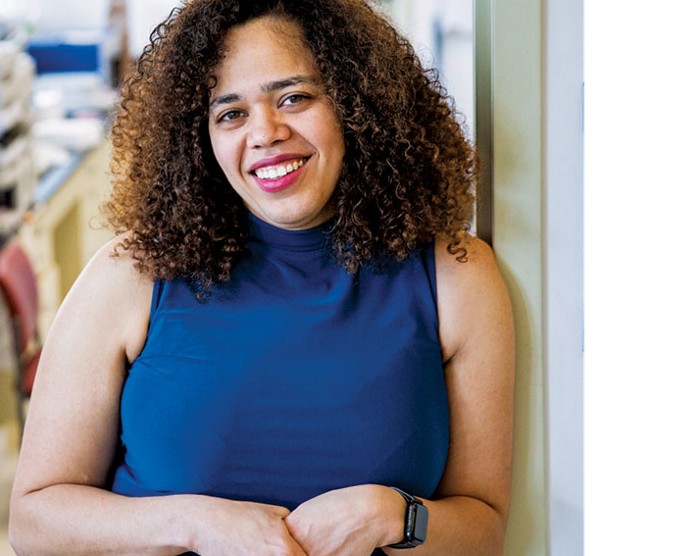Advertisement
Grab your lab coat. Let's get started
Welcome!
Welcome!
Create an account below to get 6 C&EN articles per month, receive newsletters and more - all free.
It seems this is your first time logging in online. Please enter the following information to continue.
As an ACS member you automatically get access to this site. All we need is few more details to create your reading experience.
Not you? Sign in with a different account.
Not you? Sign in with a different account.
ERROR 1
ERROR 1
ERROR 2
ERROR 2
ERROR 2
ERROR 2
ERROR 2
Password and Confirm password must match.
If you have an ACS member number, please enter it here so we can link this account to your membership. (optional)
ERROR 2
ACS values your privacy. By submitting your information, you are gaining access to C&EN and subscribing to our weekly newsletter. We use the information you provide to make your reading experience better, and we will never sell your data to third party members.
Synthetic Biology
Ginkgo gets into personal care with Sumitomo deal
Single-molecule collaboration builds on existing relationship and Ginkgo’s growing codebase
by Craig Bettenhausen
July 18, 2022

Sumitomo Chemical is expanding its collaboration with the synthetic biology company Ginkgo Bioworks. In a new agreement, Ginkgo will provide engineered microbes capable of producing an undisclosed cosmetic and personal care ingredient that Sumitomo says is currently sourced from animals.
The deal builds on a 2021 partnership between the two firms and is part of Sumitomo’s push to use more synthetic biology in specialty chemical production.
The route to the molecule came together quickly, says Ginkgo’s Patrick Boyle, because the firm only needed to alter the end of the biosynthetic pathway in a microbe created for a previous project. Boyle says that modular approach explains his title, head of codebase, and fuels the company’s growth.
“We really want to take a software programming kind of mindset to engineer biology,” he says. “Nobody develops an app totally from scratch anymore. You have libraries and modules that you can piece together to build a new interface, a new application, quickly.”
Boyle is excited about the new projects arriving at Ginkgo from customers like Sumitomo. “The early days of synthetic biology were all about, ‘I have a known chemical, let’s make it with biology instead of synthetic chemistry.’ And there have been successes there,” he says. “But what that ignores is that there are certain things that have been really challenging in synthetic chemistry that are easy for enzymes to do.”
A classic example is stereoselective synthesis, which microbes do as a matter of course but can be a challenge for synthetic chemists. Similarly, tricky molecular classes such as porphyrins are used extensively in nature as catalysts and energy carriers but lack cost-effective or scalable synthetic routes. Efficient industrialized biotechnology could open up long-imagined applications for such nature-inspired molecules.
David Dodds, a fermentation, synthesis, and business consultant, says the adoption of engineered microbes by a cautious company like Sumitomo to a make personal care ingredient is a step forward for the bioeconomy. “This is a further example of not only the power of synthetic biology but also the acceptance of synthetic biology,” Dodds says.
Synthetic biology will continue to expand its remit, Boyle says. “A lot of the history of synthetic chemistry is just finding useful things you can do with derivatives from an oil barrel,” he says. “There’s no reason to think that biology can’t supersede all of that.”





Join the conversation
Contact the reporter
Submit a Letter to the Editor for publication
Engage with us on Twitter